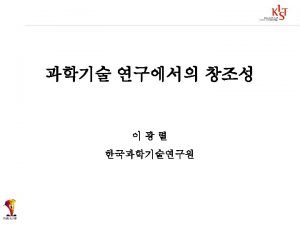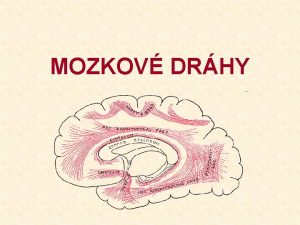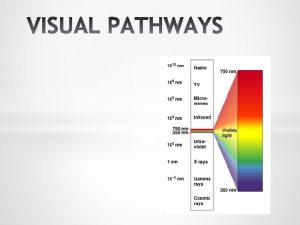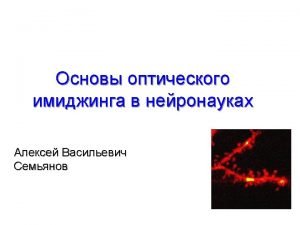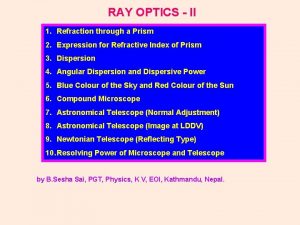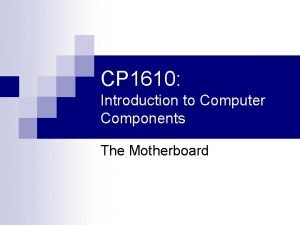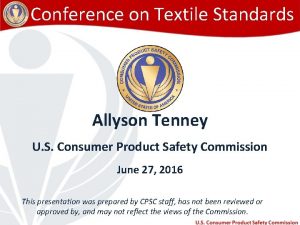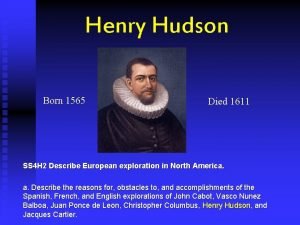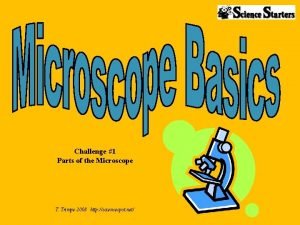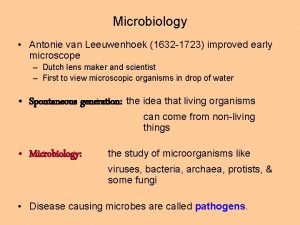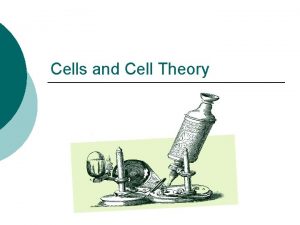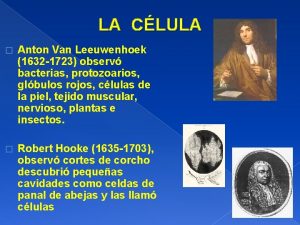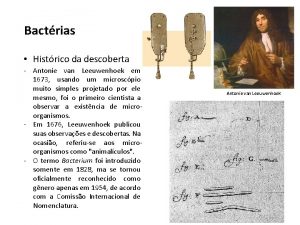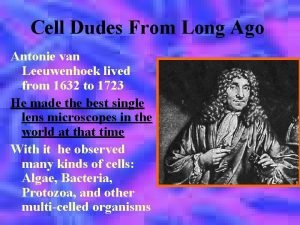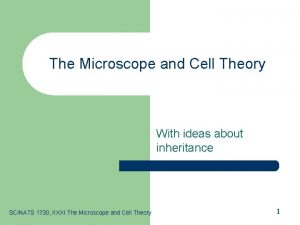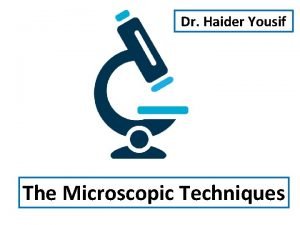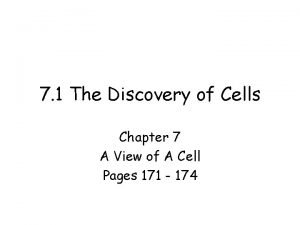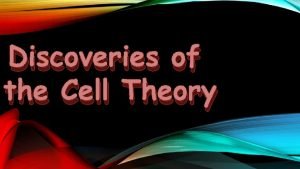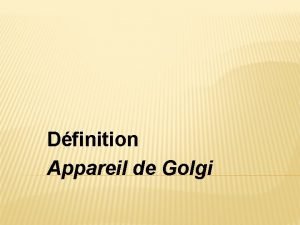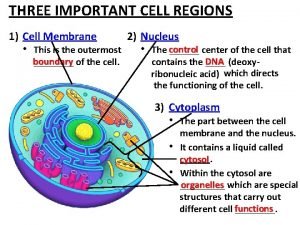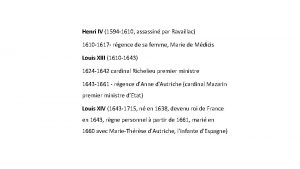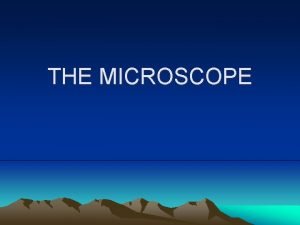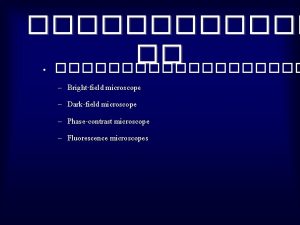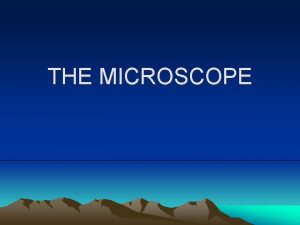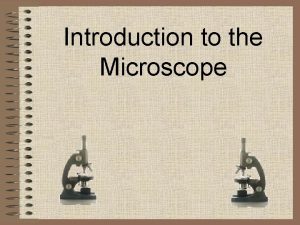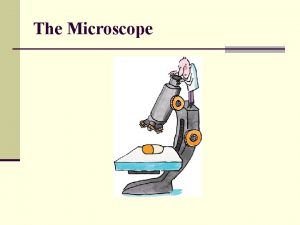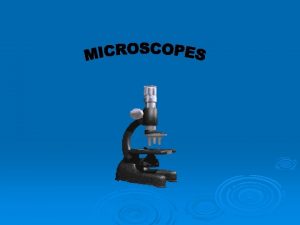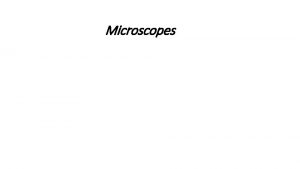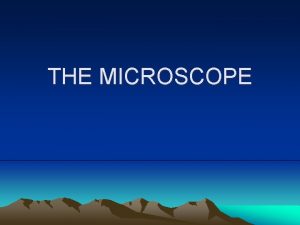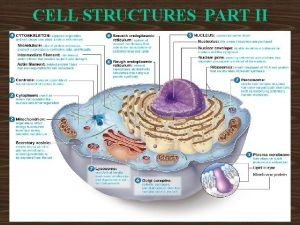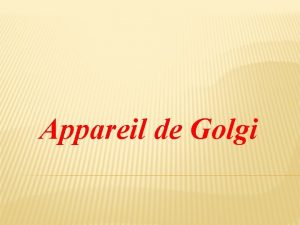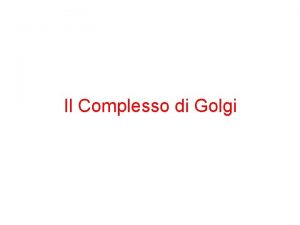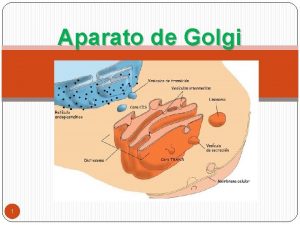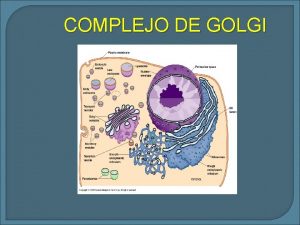Telescope Galilei 1610 Microscope Leeuwenhoek 1674 Golgi Cajal






































- Slides: 38



과학에서 관찰한다는 것의 중요성 • Telescope : Galilei (1610) – 새로운 우주관의 시발점 • Microscope : Leeuwenhoek (1674) – 박테리아 정복의 시발점 • 신경세포의 가시화 : Golgi & Cajal (1906 Nobel Prize) – Neuroscience의 시작 • 유적실험 : Millikan (1923 Nobel Prize) – 전하량 측정 근대적 원자구조의 이해 • STM / AFM : Binnig & Rohrer (1986 Nobel Prize) – Nano-Technology의 시작













AFM/STM Si (111) Fe on Cu (111)

Molecular Dynamic Simulation i Time Evolution of Ri and vi Interatomic Potentials • Empirical Approach • First Principle Approach

Atom Landing on a Crystal Al on Co Co on Al

Asymmetry in Interfacial Intermixing Al on Co Co on Al

Virtual Reality : Is this different from reality?


From the Earth to the Moon (Jules Verne, 1866) Konstantin E. Tsiolkovsky (1857 -1935) “로켓을 이용한 우주탐사 (1903)” “The Earth is the cradle of the mind, but we cannot live forever in a cradle. ” Voyage dans la Lune / A trip to the Moon (Dir. by Georges Melies, 1902) Robert Goddard (1882 -1945) Hermann Oberth (1894 -1989) 진공에서의 로켓추진증명 액체추진제 최초의 로켓 경로보정장치 다단식 로켓 구현 “행성간 우주로의 여행” 액체추진제 로켓설계 인력탈출 속도 계산

Space Age V 2 Rocket (1935) Explore 1 (1958) Wernher Von Braun (1912 -1977) 주피터, 주피터-C 로켓 퍼싱 로켓 레드스톤 로켓 새턴 V 로켓 스카이랩 Saturn V Rocket (1967) Space shuttle (1981)

Galilei Galileo (1564 -1642) By the end of 1609 Galileo had turned his telescope on the night sky and began to make remarkable discoveries. Swerdlow writes In about two months, December and January, he made more discoveries that changed the world than anyone has ever made before or since. The astronomical discoveries he made with his telescopes were described in a short book called the Starry Messenger published in Venice in May 1610. This work caused a sensation. Galileo claimed to have seen mountains on the Moon, to have proved the Milky Way was made up of tiny stars, and to have seen four small bodies orbiting Jupiter.


Planneralm, Austria (2003)



Moore’s Law Gordon Moore observed an exponential growth in the number of transistors per integrated circuit (doubling of transistors every couple of years) and predicted that this trend would continue. Electronics, vol. 38, no. 8, April 19, 1965.

After 40 years International Herald Tribune 2004. 4. 19.

Douglas Engelbart (1925 - ) • 1950’s – Internet-Conneted PC • 1960’s – Ontline editors for idea development – Hypertext linking – Tele-conferencing – Word Processing – E-mail – User configurability and programmability • • • the mouse pointing device for on-screen selection a one-hand chording device for keyboard entry a full windowing software environment on-line help systems the concept of consistency in user interfaces Xerox’s PARC Apple Computers 1968 Demo @ SRI http: //sloan. stanford. edu/Mouse. Site/1968 Demo. html

Who should have the originality? • 1959 Engelbart Publish a paper “Microelectronics and the Art of Similitude” saying that microelectronics would scale down. • 1960 Engelbart Lecture in International Circuit Conference @ Philadelphia • 1960 Moore Attend the Engelbart’s lecture @ Philadelphia • 1965 Moore Publish the Electronics paper Engelbart’s previous observation did nothing to detract the significance of Moore’s careful plotting of the trend. It still should be called Moore’s law rather than Engelbart’s law and science is still based on theory and experiment.


Bell Labs Top 10 Innovations 6 Nobel Prizes in Physics • • • Fractional Quantum Hall Effect (1998) Optical Trapping (1997) Radio Astronomy (1978) Local Electronic States in Solids (1977) Transistor (1956) Wave Nature of Matter (1937) • • • Transistor Laser Optical Communications Data Networking Digital Transmission and Switching Cellular Telephone Technology Communication Satellites Digital Signal Processor Touch-tone Telephone Unix Operation system and C Language

Bell Labs One sure way to defeat the scientific spirit is to attempt to direct inquiry from above. All successful industrial research directors know this, and have learned from experience that one thing a 'director of research' must never do is to direct research. Successful research goes in the direction in which some inquiring mind finds itself impelled. The director of research does his part by building teams and seeing that they are supplied with facilities and given freedom to pursue their inquiry. He also protects them from interference or diversion arising from demands of immediate operating needs. From NYT (1949) Oliver E. Buckley President : 1940 -1951


Science for What? The work I have done has, already, been adequately rewarded and recognized. Imagination reaches out repeatedly trying to achieve some higher level of understanding, until suddenly I find myself momentarily alone before one new corner of nature's pattern of beauty and true majesty revealed. That was my reward. Then, having fashioned tools to make access easier to the new level, I see these tools used by other men straining their imaginations against further mysteries beyond. There, are my votes of recognition. Then comes the prize…… Nobel Prize banquet speech (1965) Richard Feynman (1918 -1988)

"Physics is like sex. Sure, it may give some practical results, but that's not why we do it. " - R. Feynman
 1674 microscopy
1674 microscopy Compound microscope
Compound microscope Haustrum
Haustrum Ncl interstitialis cajal
Ncl interstitialis cajal Diencephalon
Diencephalon Cajal keyboard
Cajal keyboard Ramon y cajal
Ramon y cajal Telescope and microscope
Telescope and microscope Motherboard introduction
Motherboard introduction Mco performance evaluation system
Mco performance evaluation system 16 cfr 1616
16 cfr 1616 William shakespeare background
William shakespeare background How old was henry hudson when he died
How old was henry hudson when he died Microscope mania compound light microscope
Microscope mania compound light microscope Light microscope vs electron microscope
Light microscope vs electron microscope Introduction of microscope
Introduction of microscope Antoni van leeuwenhoek bakterien
Antoni van leeuwenhoek bakterien Contribution of antonie van leeuwenhoek in microbiology
Contribution of antonie van leeuwenhoek in microbiology 1673 cell theory
1673 cell theory Antonie van leeuwenhoek
Antonie van leeuwenhoek Anton van leeuwenhoek célula
Anton van leeuwenhoek célula 1673 anton van leeuwenhoek
1673 anton van leeuwenhoek Antonie van leeuwenhoek
Antonie van leeuwenhoek Leeuwenhoek cell theory
Leeuwenhoek cell theory Anton van leeuwenhoek
Anton van leeuwenhoek Anton van leeuwenhoek teoria de la generacion espontanea
Anton van leeuwenhoek teoria de la generacion espontanea Anton van leeuwenhoek
Anton van leeuwenhoek Anton van leeuwenhoek 1673
Anton van leeuwenhoek 1673 Matthias schleiden accomplishments
Matthias schleiden accomplishments Anton von leeuwenhoek
Anton von leeuwenhoek Anton van leeuwenhoek cell theory
Anton van leeuwenhoek cell theory Anton van leeuwenhoek cell theory
Anton van leeuwenhoek cell theory Golgi apparatus function
Golgi apparatus function Golgi apparatus in a house
Golgi apparatus in a house Cell analogy essay
Cell analogy essay Husos musculares y organos tendinosos de golgi
Husos musculares y organos tendinosos de golgi Empilement de saccules
Empilement de saccules Autolysis
Autolysis Mengawal aktiviti sel
Mengawal aktiviti sel
